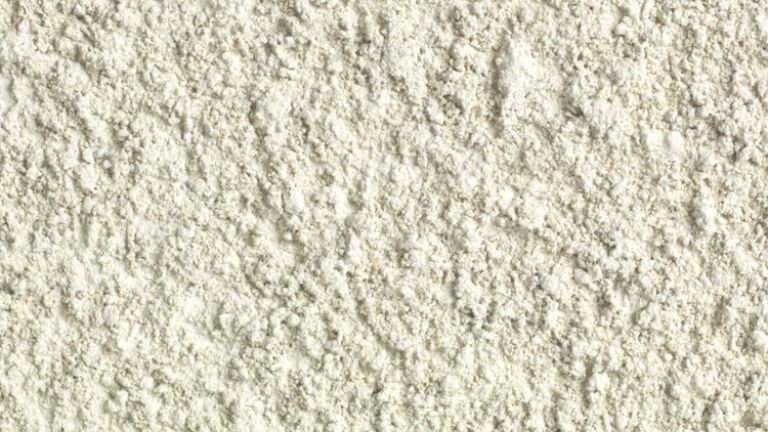Free Call Now

The exterior wall surfaces of our homes take a real battering from the elements over the years. Frost, snow, ice, rain, sun, and wind all take a toll, leaving the brick or masonry cracked and dull, and sometimes covered with algae and mould.
Rendering is undoubtedly one of the best ways to combat this. With a coat of render, Render Hero can improve the outside of your home dramatically, giving it a beautiful, bright, fresh look. And it isn't just for older buildings either, as there are modern renders that are suitable for new buildings as well as older ones, including period properties.
Rendering your home increases its kerb appeal, adds value, protects the building from the weather, and improves the insulation.
However, there are many different types of render to choose from, and it is important that you select the right one for your improvement project. They can also be given a wide range of finishes and, thanks to recent improvements, are available in a whole array of colours.
One type of render that has proved popular is known as Tyrolean render, named for the Alpine regions of Austria, where similar finishes can be seen on many of the local houses.
If you were wondering what Tyrolean render was and whether it might be right for your project, we've put together a guide that will answer your questions.

First things first, just so we're clear, rendering is a way of covering internal or external walls with a special type of plaster or cement mix. Generally, and especially in the case of external walls, the render is applied in several layers, with the last coat referred to as the finish. This is the decorative layer that will provide the beautiful look that you want.
Some people might refer to a 'Tyrolean finish', meaning that the end result will have a weathered, heavily textured look, similar to pebbledash. You will also find that others might talk about Tyrolean render or Tyrolean mixture as a specific type of render mix.
It is also called Alpine render and is widely used in the UK for both residential and commercial buildings to add style and flair.
The difference between this and traditional renders is that this cement-based has silicone added to the mix to make it waterproof. It is particularly suitable for humid environments or where there's water nearby. This includes rural, coastal and even some suburban areas.
The polymer cement mixture is excellent for preventing cracks in your walls, and for creating a water-resistant, weather-proof barrier. It also makes it easier to fill in any dips and imperfections in the substrate (wall surface) that it's applied to.


Before you begin, if you are rendering an old wall it will need to be checked over to see if any repairs or preparation are needed. Any cracks have to be repaired using a suitable filler and the wall surface should be clean and free from loose materials. For new walls, an undercoat followed by several intermediate layers will have to be applied. These will provide an even surface for the final coats and help the finishing coat to adhere.
A base coat, or scratch coat, should then be applied with a trowel, after which it should be scored lightly with a scratch comb. This provides a better surface for the finishing coat to stick to.
The first layer of the finishing coat can be applied by trowel, after which the final coats (between four and six) are usually applied using a Tyrolean flicker gun or Tyrolean render machine.
This handy piece of equipment allows you to spray the render onto the walls, but there is a knack to it, especially if you are using the manually-operated version!
The wet mixture is added to a reservoir in the gun, then the machine is cranked by hand. This turns a spindle that flicks the mixture onto the walls by means of a series of stiff wires inside the reservoir.
It can be very tiring, and you'll need to hold the machine at a consistent distance from the wall and maintain the same angle throughout if you want to achieve a regular finish. To save you from fatigue, electric versions or open-hopper spraying machines are available.
This task requires a lot of patience and concentration, as you need to apply the mixture evenly and at the right speed, maintaining a wet edge throughout. If not, then you'll have a visible line that will spoil the render finish!
First, it's a great way of hiding ugly, old, or poor quality wall surfaces, whether they're brick, stone or concrete block work walls, although some substrates will require a galvanized mesh or fabric mesh to be used. Once the render is in place it will transform the outside of your home and give it a bright new look.
Also, although you can keep the mixture in its original grey 'cement colour', you can choose from an amazing range of coloured Tyrolean renders, which will dramatically improve the appearance of your home. These colours are added in the form of a dye that is in the water that is mixed in with the dry powder. Because the colour is already added, there is no need to paint the wall once the job is finished.
Tyrolean renders are considered a superior solution when applied correctly. They provide many years of protection from the worst effects of snow, ice, and rain. They great for weather-proofing exterior walls while remaining vapour-permeable, allowing moisture in the walls to evaporate. And they add to the insulating properties of your home, making it more energy-efficient.
The trick is to get it right the first time! This is why it's always best to employ the services of a professional plastering contractor like Render Hero, as this is an investment in the future of your home.
A coat of Tyrolean render might just be the best and most cost-effective way of transforming your home.
